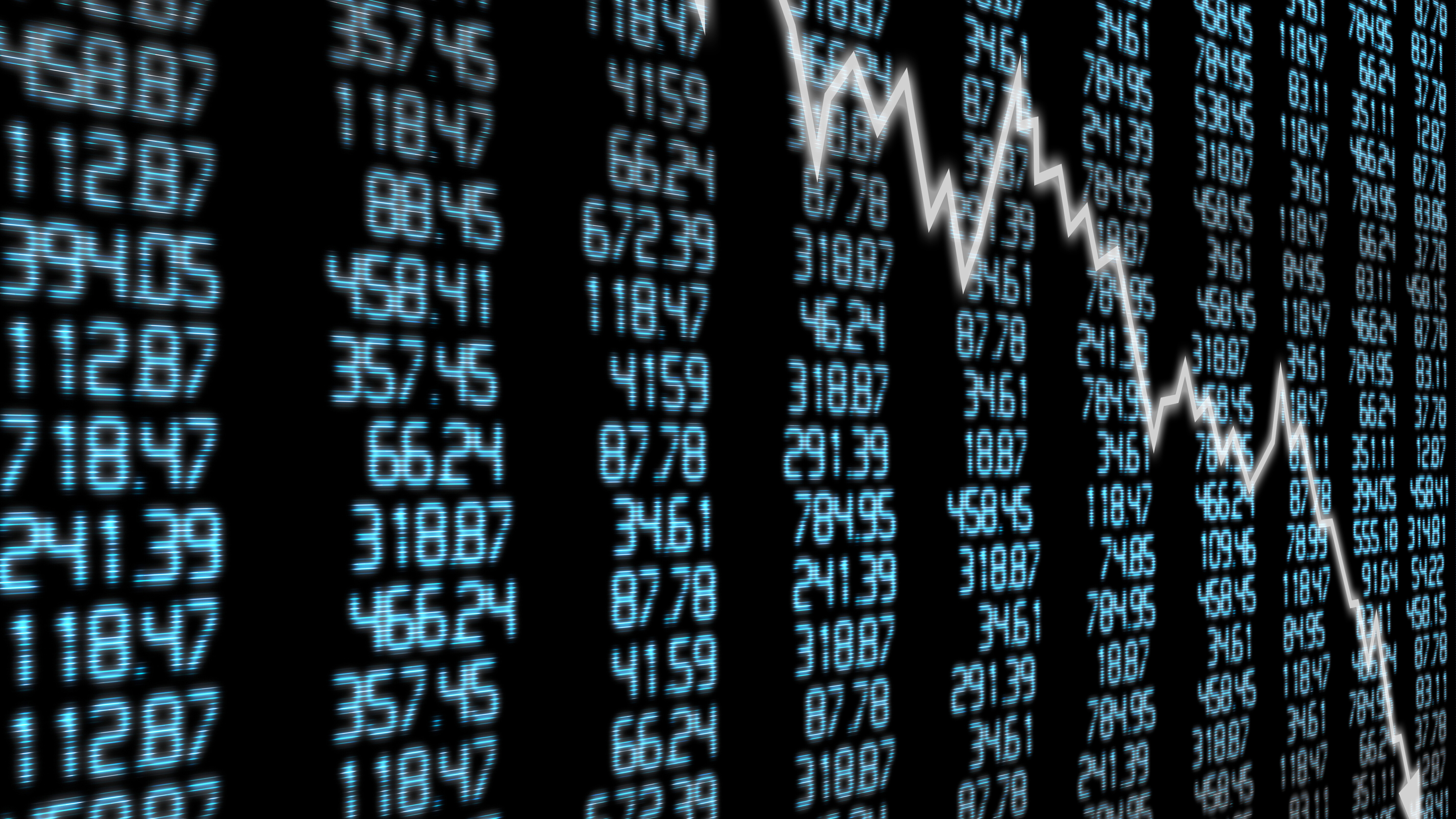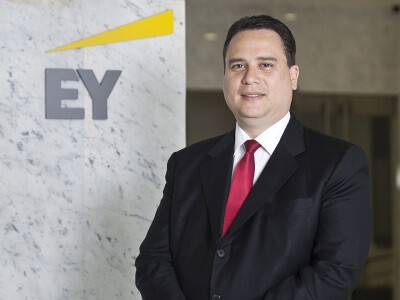Don’t Fear the Peruvian Slowdown
Peru’s economy continues to disappoint investors with slowing growth but LatAm INVESTOR investigates the structural measures that should reward long-term investors.

Annus horribilis
So far Peru’s economy has disappointed investors. GDP growth in the first half of the year came in at an annual rate of 3.3%. That doesn’t sound bad by European standards but it’s a shock in a country that’s grown at a yearly rate of more than 6.5% for more than a decade. It’s also well-below consensus estimates at the start of the year that expected an expansion of above 5%. But investors shouldn’t lose faith in Peru just yet. True, the economy has been hit by a number of serious challenges, but in the long-run it still looks well placed to reward patient investors.
"Bureaucracy is the biggest problem for international operators in Peru…"
The big problem to hit Peru has been commodity prices. Peru’s main exports are copper and gold – two metals whose prices have dropped sharply over the last few years. Perhaps less well-known to British investors is the importance of Peru’s fishing industry, which was hit more recently by the El Niño weather phenomena. For example in June the country’s fishing sector contracted by more than 30% the change in water temperatures pushed anchovy shoals further away from the coast.

But Peru’s problems aren’t just related to commodities. The fact is the record boom in commodity prices over the last decade masked inefficiencies that still need to be resolved. One of these is bureaucracy, says Ernst and Young Country Managing Partner, Paulo Pantigoso. “Bureaucracy is the biggest problem for international operators in Peru. Indeed the World Economic Forum has identified it has the most significant barrier to investing in Peru.” One of the most damning examples of how this bureaucracy can hamper investment is in the oil industry, says Pantigoso. “Of the 72 onshore oil blocks in the country, 32 were given back by investors to Petroperú [the state oil company]. These companies had spent considerable amounts of money, and in some cases up to ten years, trying to comply with the 30 steps they needed to complete to develop the fields.” Mining executives also told LatAm INVESTOR that the process for obtaining permits was cumbersome.
Signs of change
Yet there are signs that these problems are being addressed, said Julio Velarde, Governor, Central Reserve Bank of Peru (BCRP), in an exclusive interview with LatAm INVESTOR. “We expect higher growth over the next two years, as new mining projects, which are envisaged to double copper production, come online.” Indeed these new mines should make Peru the world’s second-biggest copper producer.

Another of Peru’s structural inefficiencies is infrastructure, where the country’s stock of transport and energy assets have failed to keep pace with the rapid economic growth. But here there are also signs of improvement as in the first six months of 2014 Peru awarded $14billion worth of infrastructure projects. This included Line 2 of the Lima Metro, which will cost around $6.6billion, the second Camisea gas pipeline, which should cost around $4billion, the $2.7billion Talara Refinery project and the $400million new international airport in Cusco. These deals are very significant, says Pantigoso. “They matter in terms of perception because we had seen many delays to some of these projects so it is very symbolic that they could be launched successfully. But also in terms of practise they will drive economic growth over the next few years.”
The Executive Director of ProInversion, the agency in charge of structuring, promoting and awarding the projects, told LatAm INVESTOR that there will be more opportunities in the future. “One area will be in regional projects where we will work with local governments to help them deliver infrastructure works. After all they are complicated projects and local governments don’t always have the capabilities to deliver them. It is a long haul but we are working on developing our pipeline.”
So, while the Peru’s low economic growth figures may be grabbing all of the attention at the moment, investors should look beyond that. The structural changes that Peru is undertaking are helping to fix the inefficiencies that have been ignored for two long. And that will help Peru return to the high growth rates of old before long.